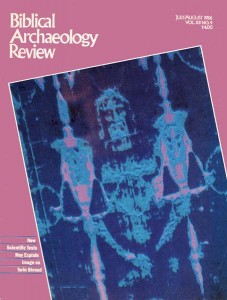The STURP Team—Hi-Tech Problem Solvers Tackle the Shroud’s Mysteries
Sidebar to: New Evidence May Explain Image on Shroud of Turin
The Shroud of Turin—a nearly 2,000-year-old relic or an exquisitely clever forgery? The mystery has recently attracted a small army of detectives that would make any police department crime lab jealous. Organized as STURP (the Shroud of Turin Research Project), these “detectives”—state-of-the-art specialists in an array of scientific disciplines—rendezvoused at the Royal Palace of Turin in October, 1978. Their mission: to don white gloves, spread the 14-foot-long linen cloth on a special, rotating test table, and probe the shroud (or photos of it) with X-rays, spectroscopes, a VP-8 Image Analyzer, ultraviolet fluorescence, macrophotography, phonomicrography and other space-age tools and techniques.
The genesis of STURP dates to 1974, when two U.S. Air Force scientists, John Jackson and Eric Jumper, intrigued by some 1931 photographs of the shroud, decided to process the photos with a VP-8 Image analyzer. A kind of fancy computer, the analyzer takes satellite photos of the moon and planets and turns them into three-dimensional topographic reliefs.
To the scientists’ shock, the analyzer produced a relatively undistorted, three-dimensional image of the man of the shroud. This transformation would have been impossible if the shroud image were a standard two-dimensional painting.
Other scientists heard about Jackson and Jumper’s work. In March 1977, a meeting was arranged in Albuquerque, New Mexico, and the project was underway. Soon the scientists got permission to conduct nondestructive tests on the shroud at the close of the public exhibition scheduled for the fall of 1978.
Already a library member? Log in here.
Institution user? Log in with your IP address.

